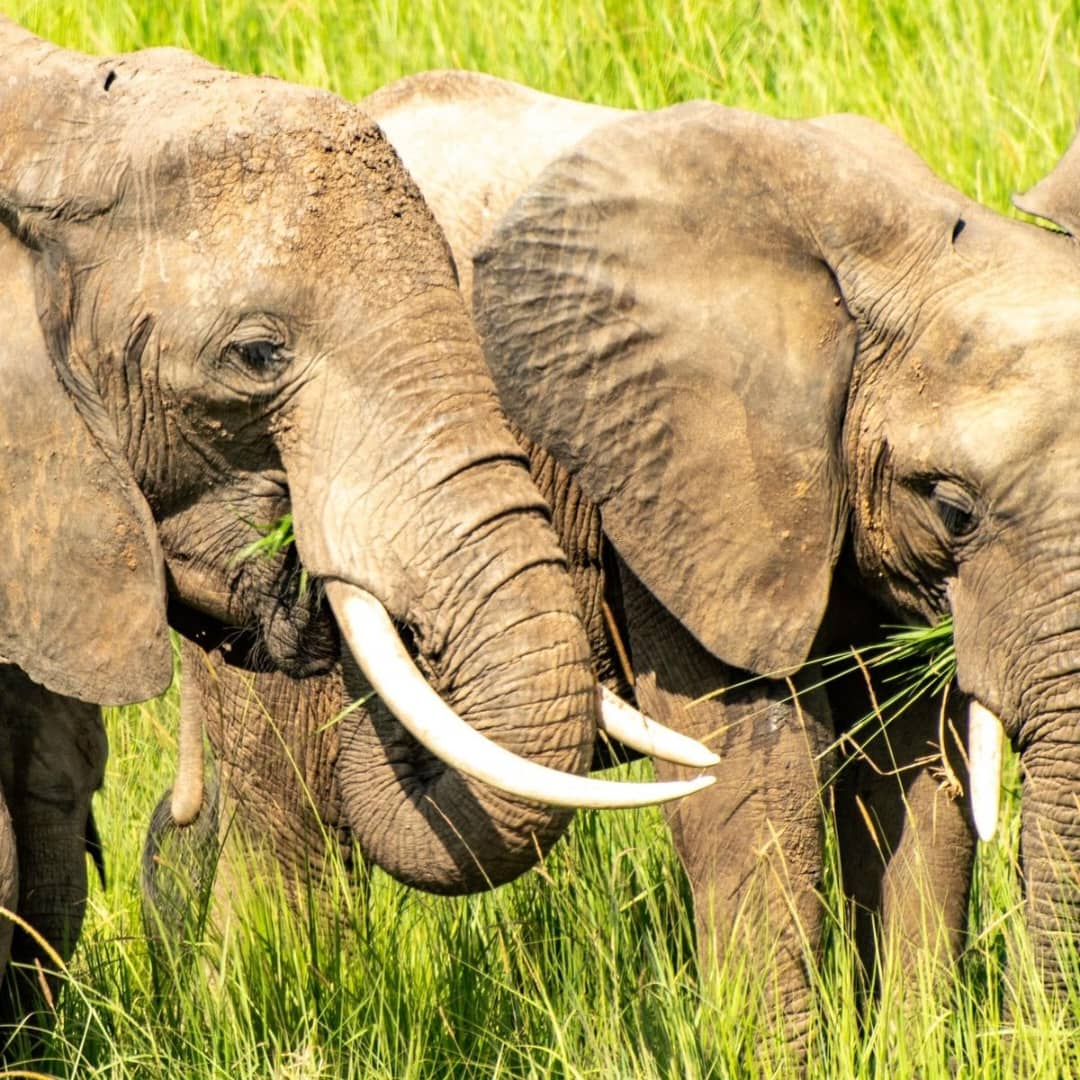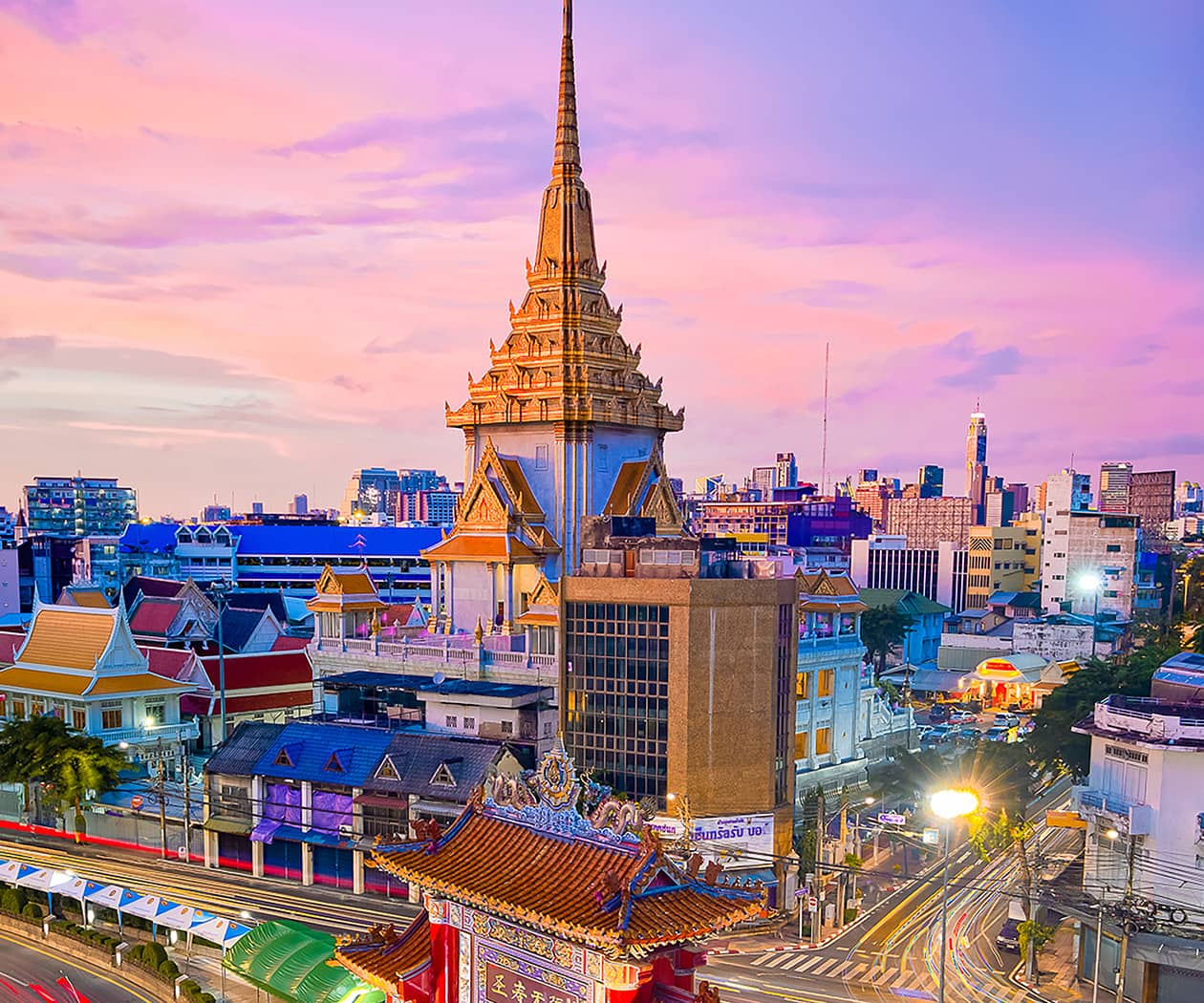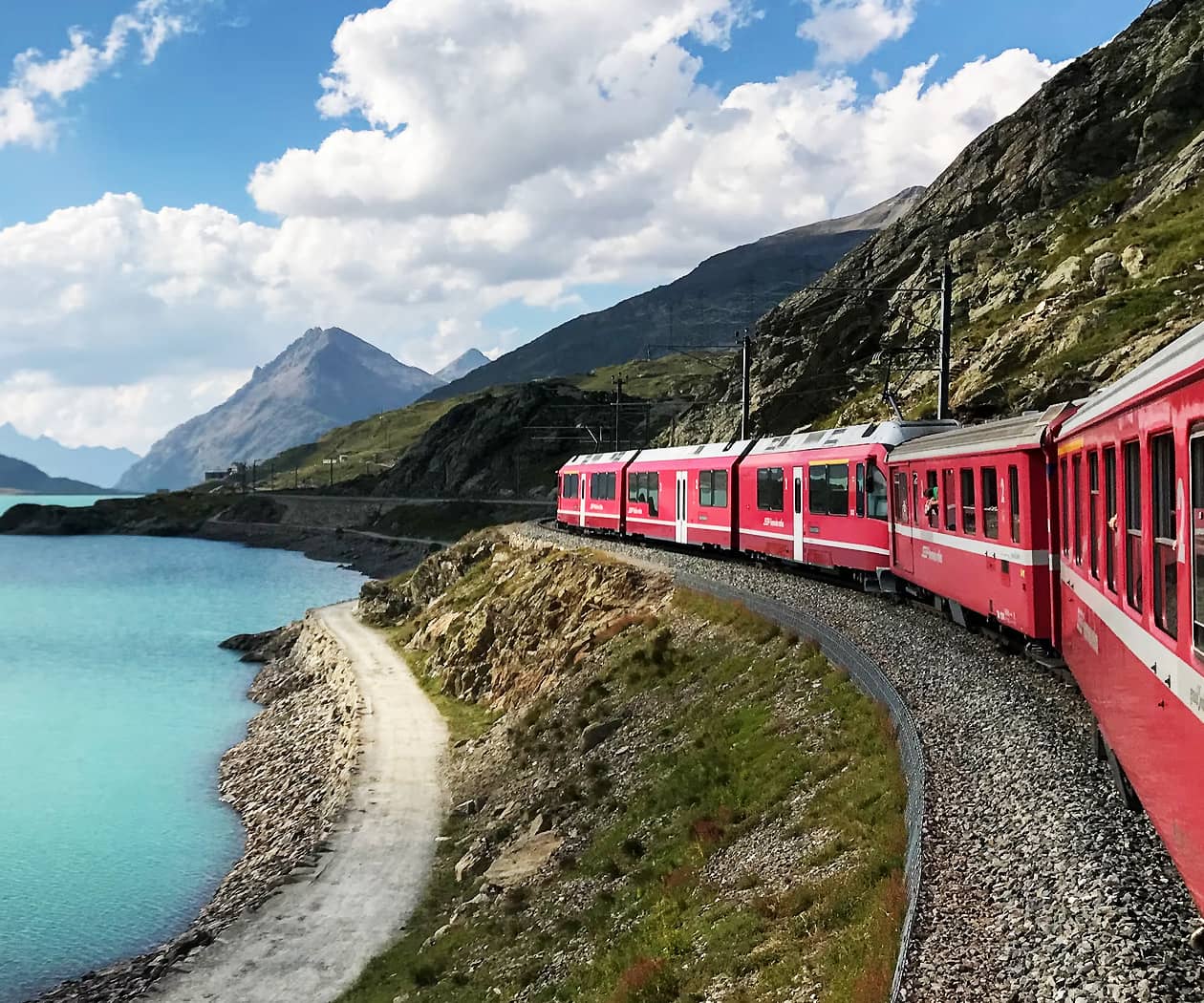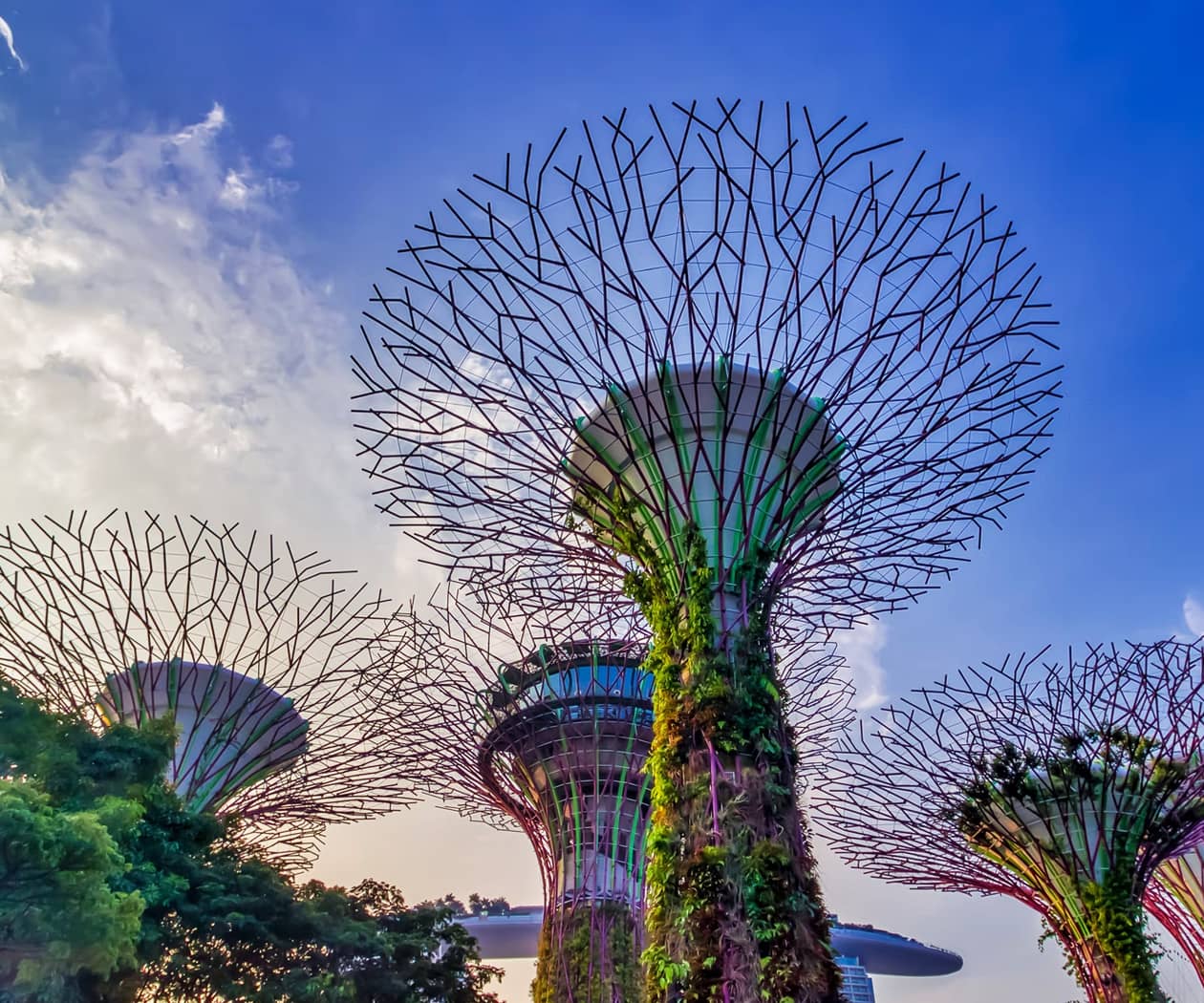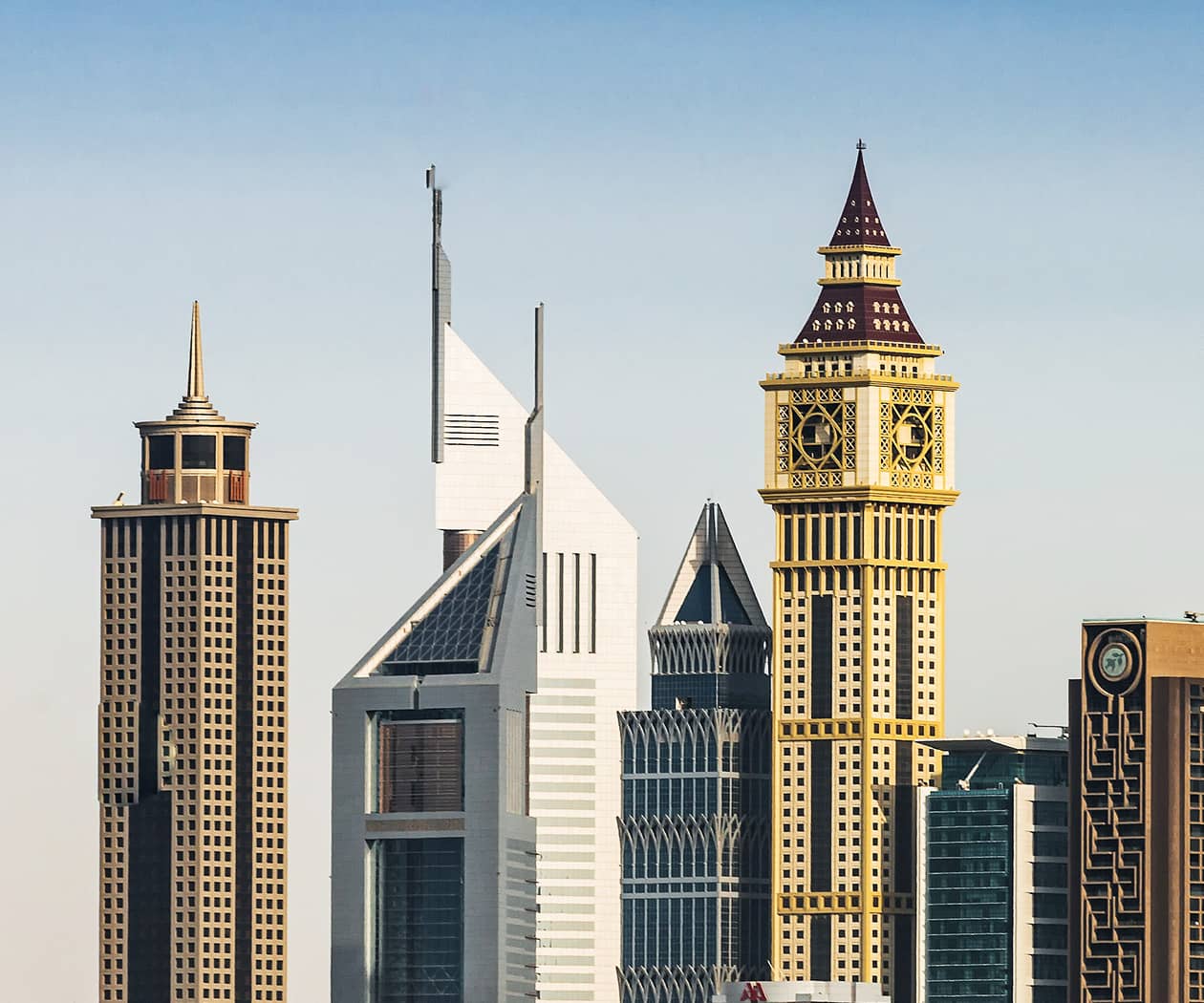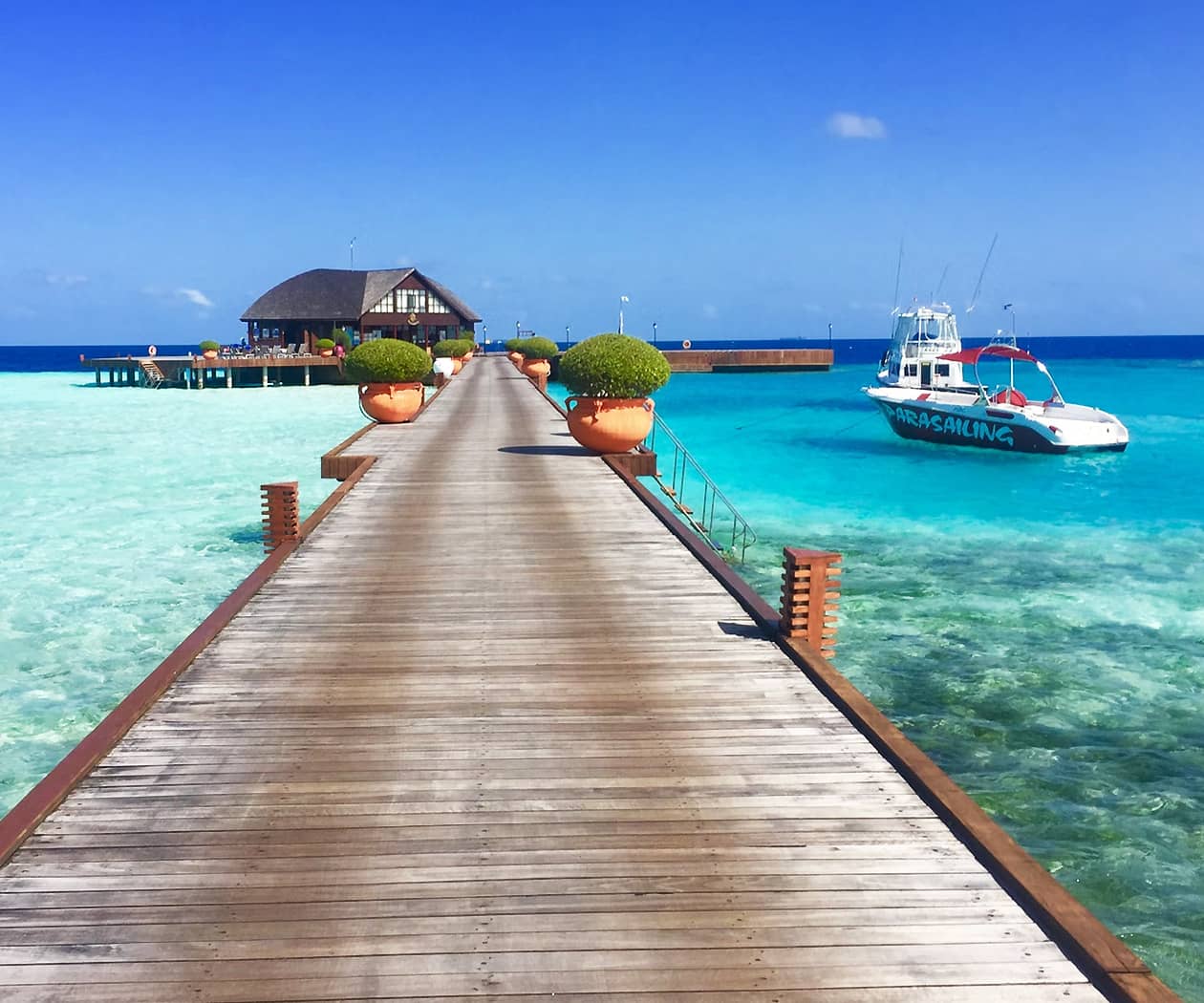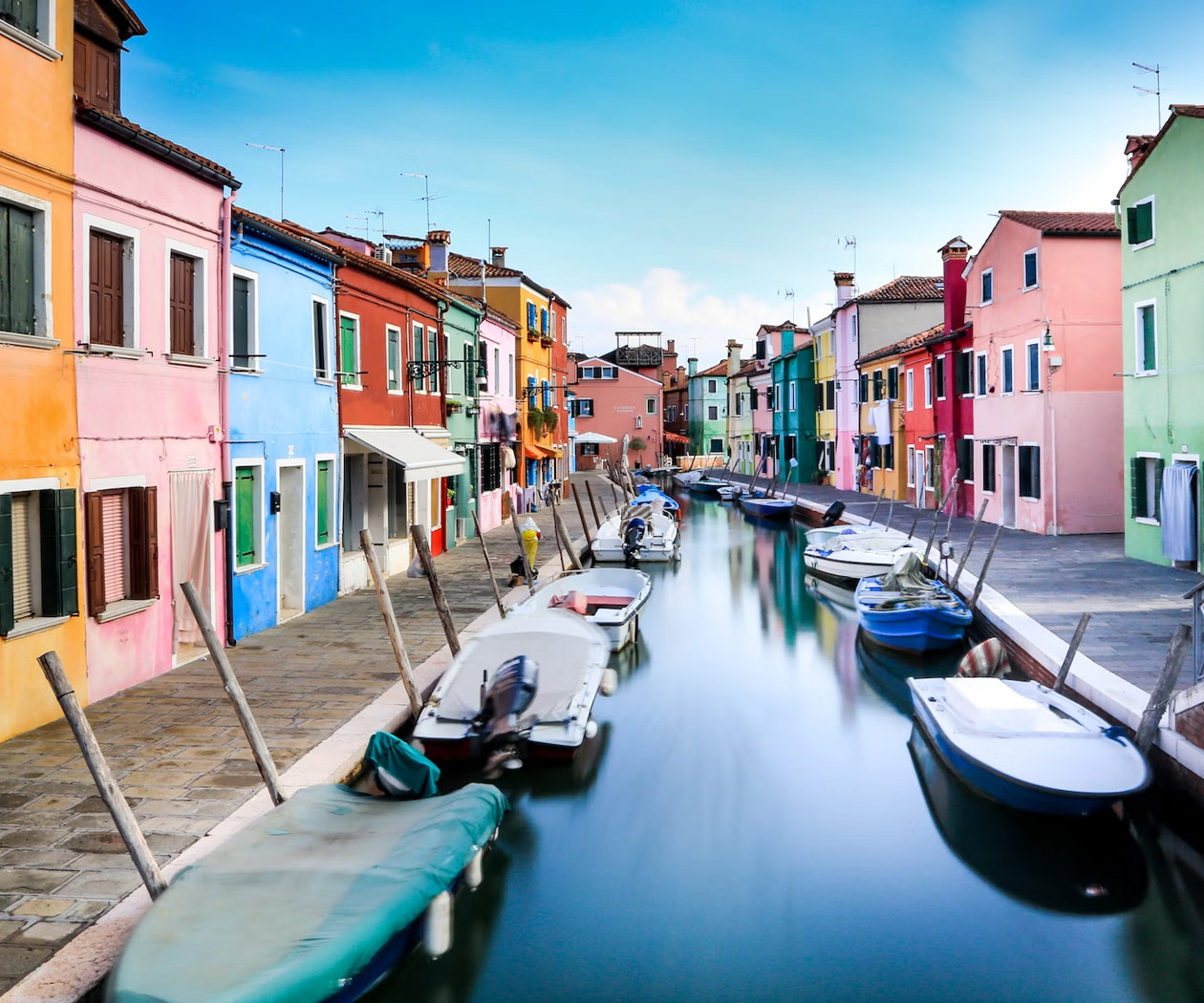Photography Tips for Your Uganda Safari

You’re planning the adventure of a lifetime, a safari in Uganda. You’ve dreamed of the moment a majestic silverback gorilla locks eyes with you, the thrill of seeing a lion pride on the hunt, and the serene beauty of a sunset over the Nile. Capturing these moments isn’t just about taking pictures; it’s about preserving memories that will last forever. But how do you do justice to such raw, breathtaking beauty? Whether you’re a seasoned photographer or an enthusiastic beginner with a smartphone, mastering a few key techniques will transform your snapshots into stunning works of art. This guide is packed with practical Photography Tips for Your Uganda Safari to ensure you come home with a gallery worthy of the “Pearl of Africa” itself.
Let’s dive into the gear, settings, and creative strategies you need to know.
1. Gear Up: The Right Tools for the Wild
You don’t need the most expensive gear, but having the right equipment is crucial.
-
The Camera: A DSLR or mirrorless camera with interchangeable lenses offers the most flexibility. However, a high-end bridge camera or even the latest smartphone can produce amazing results if you know how to use it.
-
The Lenses are Key: This is the most important investment.
-
Telephoto Zoom Lens (e.g., 100-400mm or 200-600mm): This is your workhorse. It brings distant animals up close, allowing for intimate portraits without disturbing them.
-
Wide-Angle Lens (e.g., 16-35mm): Perfect for capturing vast landscapes, sweeping savannas, and environmental shots that show an animal in its habitat.
-
-
Support System: A bean bag is a safari photographer’s best friend. You can rest your lens on the vehicle’s window frame for crucial stability. A monopod can also be useful.
-
Extras: Bring extra batteries and memory cards, you’ll shoot more than you think! A lens cloth for dust and a rain cover for your camera are also essential.
2. Master Your Settings: Beyond Auto Mode
Taking control of your camera will dramatically improve your photos. Here are the core settings to understand for your Photography Tips for Your Uganda Safari.
-
Shutter Speed: This is your key to freezing motion.
-
Fast Animals/Birds in Flight: Use a very fast shutter speed (1/1000s or higher).
-
Creative Blur: For a sense of motion, like a panning shot of a running animal, try a slower speed (1/60s) and follow the animal as you shoot.
-
-
Aperture (f-stop): Controls depth of field (how much of the image is in focus).
-
Animal Portraits: Use a wide aperture (e.g., f/2.8, f/4) to blur the background and make your subject pop.
-
Group Shots or Landscapes: Use a narrower aperture (e.g., f/8, f/11) to keep everything from foreground to background sharp.
-
-
ISO: Controls the camera’s sensitivity to light.
-
Keep it as low as possible (e.g., ISO 100-400) in bright daylight to avoid grain.
-
Don’t be afraid to raise it (ISO 1600-3200) in low-light conditions, like in the dense forest during gorilla trekking or during early morning game drives. A sharp, slightly grainy photo is better than a blurry, noise-free one.
-
Pro Tip: Use Aperture Priority (A or Av) mode as a great starting point. You set the aperture, and the camera automatically selects the shutter speed.
3. The Golden Hours: Working with the Light
The quality of light can make or break a photo. The hour after sunrise and the hour before sunset, known as the “golden hours” ,provide soft, warm, directional light that adds depth and magic to your images. Avoid the harsh, overhead light of midday, which creates unflattering shadows and washed-out colors. Planning your shooting around these times is one of the most effective Photography Tips for Your Uganda Safari.
4. Composition: Creating a Story, Not Just a Snapshot
Anyone can point and shoot. A photographer composes.
-
The Rule of Thirds: Imagine your frame divided into a 3×3 grid. Place your subject at the intersection of these lines for a more dynamic and engaging photo than centering it every time.
-
Get on Their Level: Whenever safe to do so, try to shoot at the animal’s eye level. This creates a more intimate and powerful connection in the photo.
-
Include the Environment: While tight portraits are great, don’t forget to pull back. Show the elephant with the acacia tree in the background, or the gorilla in the lush, green foliage. This tells a richer story.
-
Look for Eye Contact: A photograph where the animal is looking directly at the lens is incredibly powerful. Be patient and wait for that moment.
5. Special Considerations for Gorilla & Chimpanzee Trekking
Primate photography presents unique challenges and opportunities. These specific Photography Tips for Your Uganda Safari will ensure you’re prepared.
-
High ISO is Your Friend: The forest is dark. Don’t hesitate to push your ISO higher to maintain a fast enough shutter speed to freeze movement.
-
Focus on the Eyes: With their expressive faces, ensuring the eyes are sharp is paramount.
-
Respect the Rules: You will be briefed to maintain a distance (usually 7-10 meters). A zoom lens is essential. Flash photography is strictly prohibited as it can agitate the animals.
6. Don’t Forget the Small Stuff
While the “Big Five” and primates are the stars, the supporting cast is just as photogenic.
-
Birds: Uganda is a birdwatcher’s paradise with over 1,000 species. Have your camera ready for a flash of brilliant colour.
-
Landscapes: The rolling hills of Kidepo, the expanse of Lake Victoria, and the misty forests are all breathtaking subjects.
-
Cultural Portraits: Always, always ask for permission before photographing people. A smile and a respectful request can lead to a beautiful, genuine portrait.
By applying these Photography Tips for Your Uganda Safari, you’ll be well-equipped to capture the soul-stirring beauty, raw power, and incredible diversity of Uganda. Remember, the goal is to be present, but also to be prepared. So charge your batteries, pack your memory cards, and get ready to create a visual diary of an unforgettable journey.
Now that you’re ready to capture the magic, start planning your Ugandan adventure with a reputable tour operator who understands the needs of photographers!



